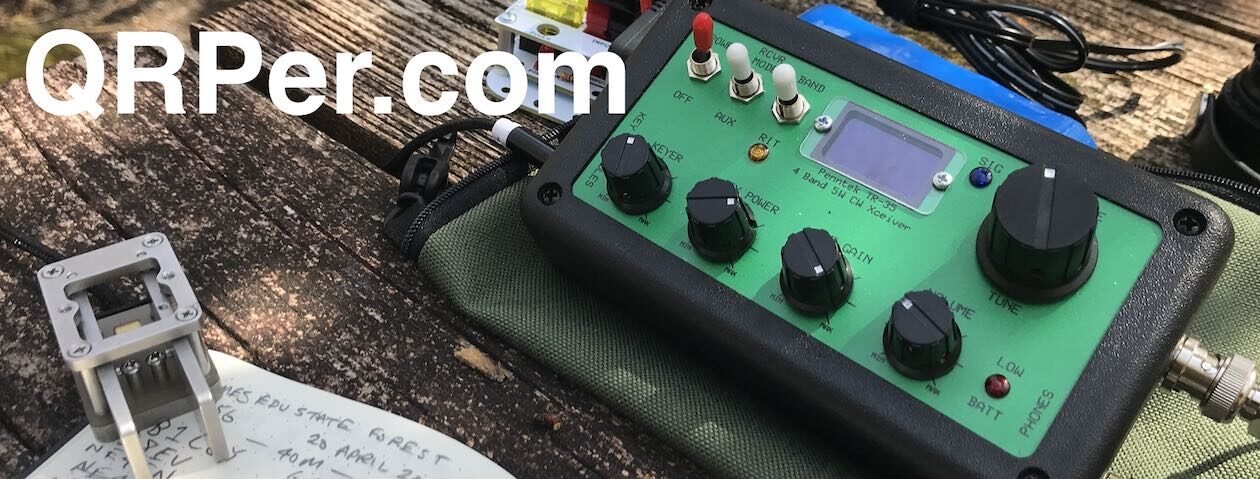by Teri (KO4WFP)
After a five week break from POTA, it was time to get back in the game! I leave for my North Carolina camping/POTA trip Sunday, July 14th and frankly miss being out on an activation. To remedy that situation, Monday, July 8th, I headed to Tuckahoe Wildlife Management Area (WMA), POTA park US-1603.

Tuckahoe WMA consists of 15,000 acres purchased by the State of Georgia in 1990. Hunting for deer, turkey, and coyotes is allowed on the property in season. The property has over 10 small ponds for fishing and three designated camping areas. It is located in Screven county and its eastern border is the Savannah River.
When researching Tuckahoe WMA for this article, I came across information regarding the Battle of Briar Creek which was fought on March 3, 1779. Much of the battle site lies within the boundaries of Tuckahoe WMA.
The attack that day in 1779 by the British was a surprise and 150 Americans lost their lives. The aftermath proved especially bloody because the British were enraged over the death of one of their sergeants – Hugh McAllister – whose body was found hacked to pieces. As a result, the American wounded were hunted down and bayonetted. According to an article in the Athens Banner-Herald, “the British victory was so decisive scholars believe it prolonged the American Revolution by a year, changing the course of U.S. history.”
Back in the present day, Daisy and I left Savannah early under grey and sprinkling skies. The drive to Tuckahoe was pleasant and took us through Sylvania, Georgia again. Along the route, I spied a rainbow with a slight double-bow on its left-hand side. I hoped that was a good omen.

The map on the Georgia Department of Natural Resources website showed what looked like several entrances for the property. I opted to take the second entrance I found but that proved to be a mistake as a tree blocked the road. I backtracked to the first entrance (where the battlefield sign is) and found myself on a wide, gravel road.

The woods I encountered on the property were open, mostly pine, and, I think, managed for wildlife and hunting as evidenced by several turkeys I watched crossing the road in front of me. It wasn’t far before I saw the memorial for the Battle of Briar Creek.
Originally, I intended to reach one of the boat ramps on the Savannah River, deep inside the WMA, as my activation site. However, given the limited time I had for an activation and the availability of low branches in an open area, I opted for a place just past the memorial as my QTH. I set up the hitching system for Daisy so she could enjoy the outdoors while I worked with my equipment. I oriented the EFHW antenna toward the north running the coax back underneath it hoping that orientation would push my signal to the north and west. (The orientation worked as per my QSO map below.) It wasn’t long before I was ready to call CQ. I went to spot myself and discovered there was…

NO CELL COVERAGE! (A POTA activators worst nightmare!) Ugh. I couldn’t even text anyone asking them to spot me. Continue reading Back in the Game for the POTA Babe


































































































